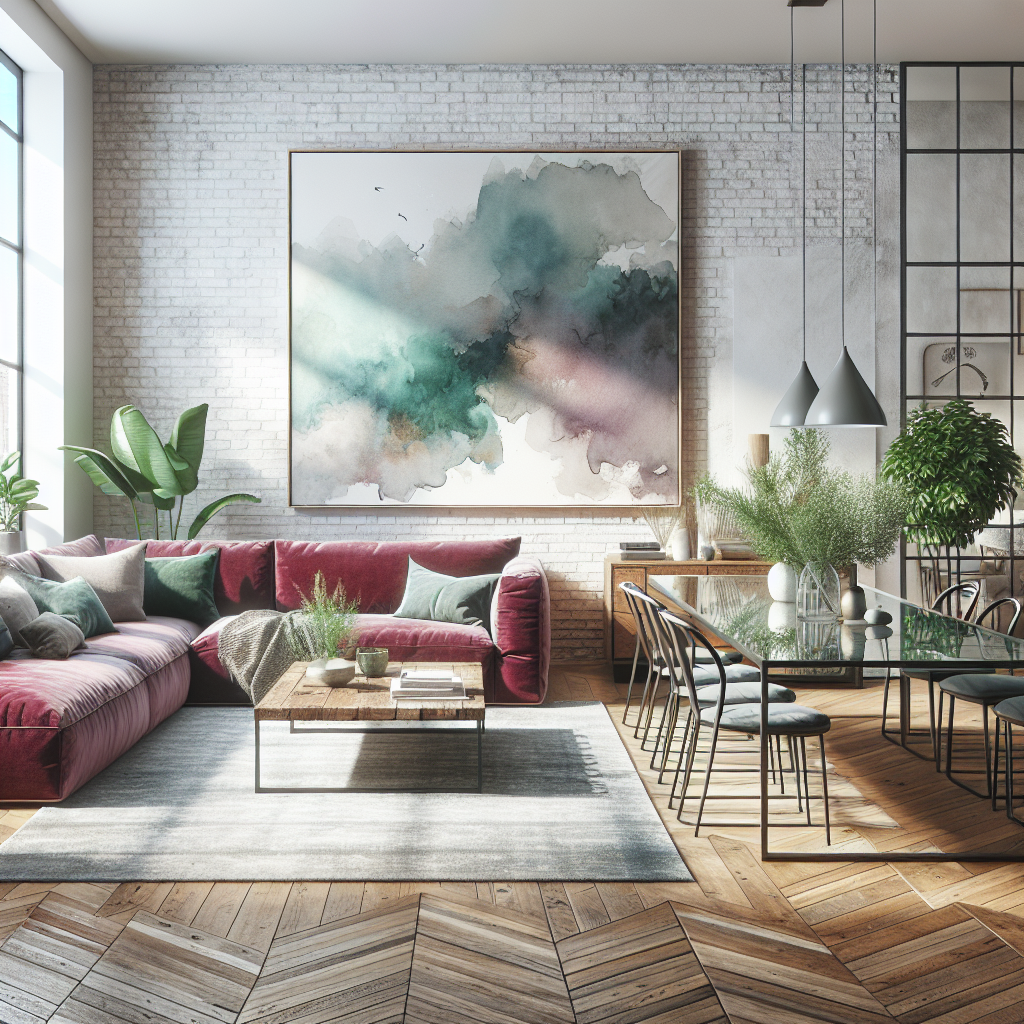Creating a home that accommodates the needs of a family is a rewarding challenge. It should be a sanctuary that reflects the family’s style, needs, and heritage. While the Boone Family Funeral Home in West Jefferson, North Carolina, and the Family Heritage Funeral Home obituaries remind us of the legacies families leave behind, designing a functional family home is about fostering a space where new memories are created and cherished.
Here's how to create a home that's both comfortable and functional for the entire family.
Open plan living areas are the heart of a functional family home. They encourage family interaction and provide a versatile space that can adapt to various activities, from family gatherings to quiet evenings at home.
Maximizing Space and Light
To maximize the feeling of space and light, consider knocking down walls to create an open flow between the kitchen, dining, and living areas. Large windows or sliding doors can also enhance natural light and create a connection with the outdoors.
Create Multipurpose Rooms
Incorporating rooms that serve multiple purposes can be a game-changer for families. A guest room can double as a home office or craft room, and a finished basement might serve as a playroom for kids and an entertainment area for adults.
Smart Storage Solutions
To keep multipurpose rooms functional, invest in smart storage solutions. Built-in cabinets, shelving, and multifunctional furniture can help maintain organization and reduce clutter.
Honor Family Heritage
Integrating elements that reflect your family's heritage can make your home feel unique and meaningful. Display family photos, heirlooms, or items that tell your family's story.
Incorporating Personal Touches
Consider creating a gallery wall of Family Heritage Funeral Home obituaries or other family milestones. This not only pays tribute to past generations but also instills a sense of history and belonging.
Plan for the Future
A functional family home should be able to grow and evolve with your family. When designing your home, think about future needs, such as aging in place or accommodating a growing family.
Flexible Design Choices
Opt for design choices that can be easily adapted over time. For example, choose neutral colors for walls and floors, which can be easily updated with accessories, or install adjustable shelving that can be reconfigured as storage needs change.
Embrace Technology
Modern families benefit from integrating technology into their homes. Smart home systems can control lighting, temperature, and security, making daily life more convenient and efficient.
Tech-friendly Spaces
Designate areas for charging devices and consider wiring for high-speed internet throughout the house. A dedicated media room or a well-equipped home office can also enhance the functionality of your home.
By considering these aspects in the design of your family home, you can create a space that is beautiful, functional, and full of life. Remember, a well-designed family home is more than just a structure; it's a place where memories are made and legacies are honored.












.jpg)

.jpg)


0 Comments